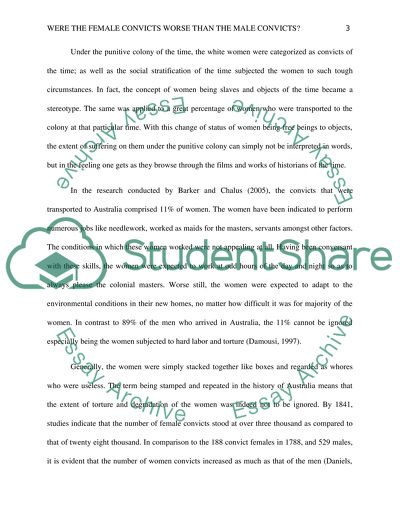Cite this document
(“Where the female convicts worse that the male convicts Essay”, n.d.)
Where the female convicts worse that the male convicts Essay. Retrieved from https://studentshare.org/history/1456020-debates-in-australian-history
Where the female convicts worse that the male convicts Essay. Retrieved from https://studentshare.org/history/1456020-debates-in-australian-history
(Where the Female Convicts Worse That the Male Convicts Essay)
Where the Female Convicts Worse That the Male Convicts Essay. https://studentshare.org/history/1456020-debates-in-australian-history.
Where the Female Convicts Worse That the Male Convicts Essay. https://studentshare.org/history/1456020-debates-in-australian-history.
“Where the Female Convicts Worse That the Male Convicts Essay”, n.d. https://studentshare.org/history/1456020-debates-in-australian-history.


